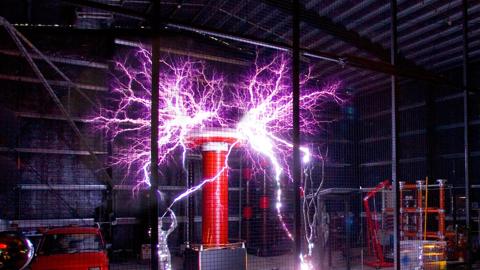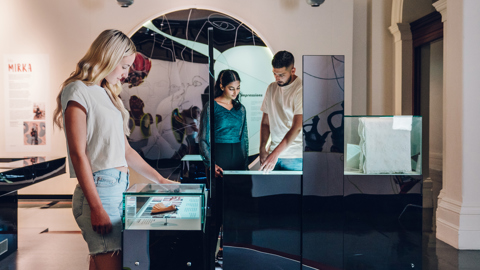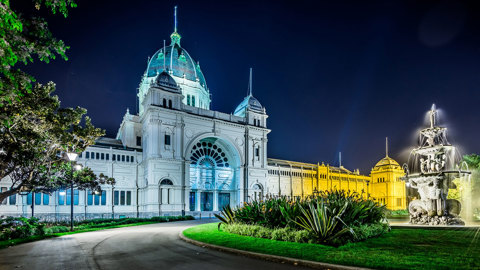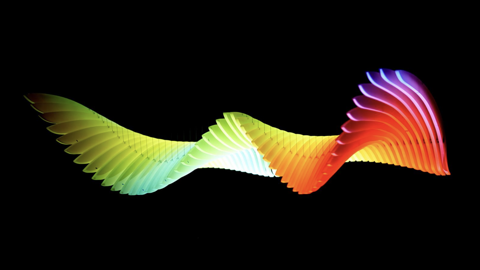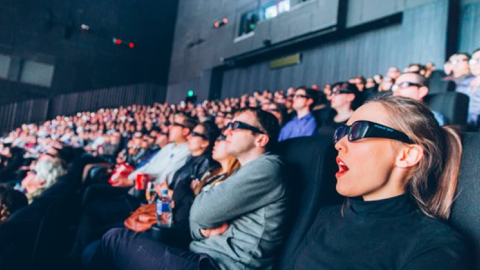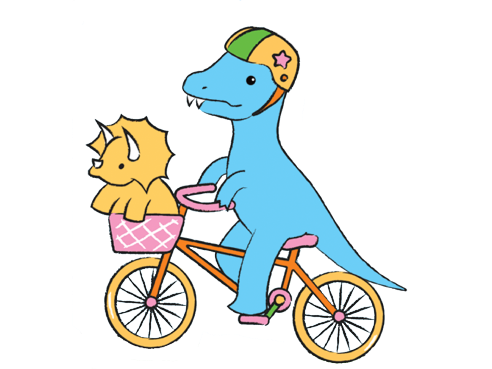
Climate Change and Victoria's Future
Learn why the Earth’s climate is changing, and what we can do to help.
In this online, curriculum-aligned learning program for primary school students, Year 3, 4, 5 and 6 students will meet virtually with a Museum educator to learn about how Earth changes over time, the difference between weather and climate, and the human impacts causing the climate to change.
Students then undertake investigations into action areas in small groups, becoming experts in their area of action, and then [present their findings back to the class.
Students will experience
- 40 min whole class online learning component facilitated by the museum educator, featuring animations, Q&A interaction and Victorian examples
- 25 min small group classroom activity facilitated by the class teacher using provided resources
- 25 min whole class online discussion and sharing facilitated by the museum educator
Students will learn
- What climate is and how it differs from weather
- How the earth changes over different magnitudes and timeframes
- The processes causing our climate to change
- Victorian climates zones
- The impacts of climate change in Victoria
- About the technologies and skills that already exist to reduce climate impact at individual, school and community level
- How resources can be used and managed sustainably
- The actions we can take to make a difference
Students will be provided
- Printed resource pages, provided by the museum at time of booking via email
- Teachers will receive a companion guide
Students will need
- Pens or pencils
Availability
Terms 1–4, Monday to Friday
9:30am & 1:30pm
Duration: 90 minutes
Student information
Years 3 to 6
Minimum 20 students
Maximum 90 students
Bookings
$90 per 30 students + $35 education booking fee
Call 13 11 02
Online class
Exclusive to your classroom, interactive
Victorian Curriculum Links
Science: Levels 3 and 4
Earth and space sciences
- weather events and climate have impacts on the land, air, water and living things; human activity can affect climate (VC2S4U08)
Geography: Levels 3 and 4
Diversity of places and environments
- the relationships between people and their place and its environment (VC2HG4K01)
- the functions of vegetation in the environment and the characteristics, spatial distribution and location of the main types of vegetation in Australia and the world, such as forest, woodland, savannah, grassland and desert, including the uses of vegetation by Aboriginal and Torres Strait Islander Peoples (VC2HG4K04)
- climate and the characteristics and location of the main climatic types in Australia and the world, such as the temperate, Mediterranean and arid climates (VC2HG4K06)
- sustainability and its application to the use of natural resources and the management of waste (VC2HG4K09)
Science: Levels 5 and 6
Earth and space sciences
- sudden geological changes or extreme weather conditions can affect Earth’s surface and atmosphere; the impacts of natural hazards, including earthquakes, volcanic eruptions, wildfires and floods, can be reduced by human actions and technological innovations (VC2S6U06)
Geography: Levels 5 and 6
Management of places
- how places and environments are changed and managed by people (VC2HG6K01)
- the importance of sustainability to places and environments, including the custodial responsibility Aboriginal and Torres Strait Islander Peoples have for Country and Place and how it influences their sustainability practices (VC2HG6K04)
- the impacts of bushfires and other climate hazards on environments and communities, and how people and communities manage prevention, preparedness, response and recovery (VC2HG6K05)
FAQs
An online class is an exclusive program for your school run via Teams. These interactive classes include two-way communication between the facilitator and classrooms. Teachers and museum educators have their cameras on during these sessions.
An online class costs $90 per 30 students (1 connection) + an education booking fee of $35.
- 30 students/1 connection $90 + $35 education booking fee
- 60 students/2 connections $180 + $35 education booking fee
- 90 students/3 connections $270 + $35 education booking fee
- 120 students/4 connections $360 + $35 education booking fee
Visit our webpages to explore the range of classes. Once you find a session you’d like to book, call our bookings team on 13 11 02. After you’ve booked you will receive instructions on how to join the session. You can pass those instructions onto your students.
The Museums Victoria education team from Melbourne Museum, Scienceworks and Immigration Museum deliver our online classes. Our education team are experienced educators and have up-to-date Working with Children Checks, which can be provided electronically on request.
Yes, however, we recommend using the activities and resources alongside the online class to ensure deeper learning outcomes.
Online classes at Museums Victoria are run via Teams. It’s free and easy to use. All you need is a computer or device with internet access, with a web cam and mic if possible.
If you have never used Teams before, it is worthwhile using the link the day before to download and ensure functionality, such as camera and mic access.
We ask that teachers join the session using the link at least 10 minutes before the scheduled start time. It is possible for students working from home to join on a separate link.
Click the link and follow the prompts to open Teams (don’t run in your browser, unless you have trouble downloading the App). Once it’s up and running you'll be placed in a waiting room.
Teachers do not need to make an account to join the meeting. They will be asked to enter a name. Please enter your school and class name (eg. Cheshire PS, 4G) so you can be admitted from the waiting room.
We ask teachers to connect to our online class link early as they may need time to download Teams and turn on functionality like cameras and mics.
Yes, teachers are responsible for their students and hold the duty of care for students during all online classes. Helping to monitor student behaviour is appreciated. Some online classes require teachers to join earlier, settle their students, and then hand over to Museums Victoria educators.
No, online classes are exclusive to your class.
Due to child privacy laws, we are unable to record online classes. As such, we offer our programs regularly to maximise the opportunity for all students to attend.
We encourage teachers to consider the privacy of their students in their homes during online classes and ask that no screenshots or pictures are taken during sessions with other schools. However, pictures can be taken if you have negotiated permission with your own class.
No, these classes are developed to be booked by a teacher and delivered to a class of students. Home school networks are of course welcome to book online classes.
Museums Victoria Learning Access Fund
The Museums Victoria Learning Access Fund aims to enhance access to our museums (Melbourne Museum, Scienceworks and Immigration Museum), programs and events by offering free or subsidised education programs for eligible schools. Find out more about the fund.

Sign-up to Museum Teachers
Subscribe and get special offers, teacher news and free entry to all museums.

